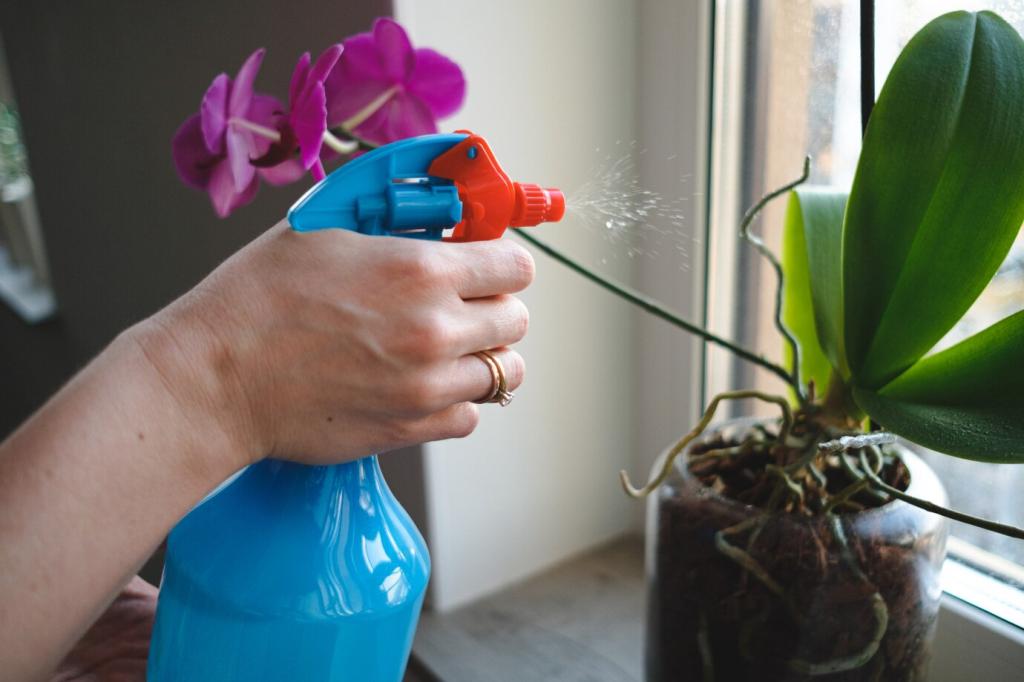Natural Wood Polish and Cleaners: Let the Grain Breathe
Today’s chosen theme: Natural Wood Polish and Cleaners. Welcome to a warm, practical guide to bringing out the honest glow in your furniture and floors—without harsh fumes or synthetic build-up. If this resonates, subscribe and share your favorite natural care rituals with our community.


Natural wood polish and cleaners often reduce exposure to heavy solvents and high-VOC fragrances. That can mean easier breathing during weekend cleanups, fewer lingering odors, and a more enjoyable, open-window routine when you dust, polish, and lovingly buff your favorite pieces.

Rather than laying down a plastic-like film, natural ingredients nourish wood fibers and let age marks show gracefully. The result is a soft sheen that highlights grain, knots, and history—perfect for heirlooms, handmade projects, and treasures you plan to pass down with pride.

Biodegradable ingredients and renewable waxes support a lighter footprint over time. Choosing plant oils, beeswax, and minimal packaging tells a bigger story: we care about the trees that became our tables, and we want maintenance that honors their origin and future.
Beeswax and carnauba: the protective duet
Beeswax softens and nourishes, while carnauba adds durability to the finish. Together they create a breathable barrier that buffs to a low, elegant luster. Use thin coats, let them set, then polish patiently for a finish that feels pleasing under the fingertips.
Plant oils that penetrate and strengthen
Tung and walnut oils can migrate into micro-pores, strengthening wood and enhancing color depth with a warm, natural tone. Apply sparingly, wipe off excess, and always test first—especially with nut-derived oils—so your finish welcomes the treatment without blotches or surprises.
Gentle scents with real purpose
A drop of lemon or lavender essential oil can refresh without overpowering. Citrus components like d-limonene help lift light grease, while herbal notes bring calm to the ritual. Keep scents subtle, and focus on performance so your home smells clean rather than perfumed.
DIY Polish and Cleaner Recipes
Everyday dusting spray
Combine distilled water with a few drops of mild castile soap in a spray bottle. Mist onto a microfiber cloth, not directly on wood, then wipe with the grain. Finish with a dry cloth to remove moisture and keep surfaces ready for occasional polish when needed.
Creamy beeswax polish for deep glow
Melt shaved beeswax with jojoba oil using a gentle double-boiler, stirring until silky. Optionally add a touch of carnauba for hardness. Pour into a tin, cool, then label. Apply a thin layer, wait a few minutes, and buff until the grain reflects a soft, welcoming light.
Spot cleaner for rings and smudges
For fresh water rings on finished wood, try a tiny dab of mayonnaise or plain white toothpaste mixed with a drop of oil. Massage gently with a soft cloth, wipe clean, and follow with a light beeswax polish. Test first in an inconspicuous corner for safety.

Granddad’s oak table, back to Sunday best
After decades of family dinners, the oak table looked tired. A weekend ritual—warm beeswax polish, slow circles, patient buffing—brought out the tiger-stripe grain. We laughed, told stories, and swore the table seemed to breathe easier, as if grateful to carry one more celebration.

A thrift find that found its voice
A scratched cedar chest from a secondhand shop felt forgotten. A careful wipe with a mild cleaner and a coat of natural oil woke the perfume of cedar. The soft glow returned, and the piece now guards blankets and letters like a quiet, trustworthy friend.
Routine Care That Works
Weekly rhythm: light and thoughtful
Use a dry microfiber cloth to lift dust without scratching, then a lightly dampened cloth for sticky spots. Always wipe with the grain. Avoid soaking. A friendly, five-minute sweep keeps surfaces fresh, welcoming, and ready to accept occasional layers of polish when they truly need it.
Monthly refresh: restore softness and sheen
Apply a small amount of natural wood polish after dusting, focusing on high-touch areas like table centers and chair arms. Work in thin layers, buffing until fingerprints do not appear. This keeps protection active and prevents the heavy build-up that leads to dull, gummy finishes.
Seasonal deep care: mindful and measured
With seasonal shifts, check for dryness near vents and windows. Treat thirsty areas with a light oil-wax blend and pad coasters under plants or mugs. Deep-buff table tops, inspect joinery, and note any changes. Share your seasonal tips with us, and subscribe for our quarterly checklist.
Water rings and cloudy patches
Start mild: warm a hairdryer on low, moving constantly to coax moisture out. If needed, apply a tiny bit of mayonnaise, wait, then wipe and buff. Finish with a thin beeswax coat. Always test on a hidden area and work slowly to protect delicate finishes.
Sticky build-up from old products
Use a dilute solution of mild castile soap and water on a cloth to loosen residue, wiping with the grain and drying immediately. For stubborn silicone build-up, a citrus-based natural solvent can help, but test first. Recondition with a light oil-wax polish to restore glide and warmth.
Tiny scratches and tired edges
For small surface scratches, gently rub a cut walnut or dab a matching wax stick along the grain, then buff. The goal is camouflage, not perfection. Follow with a thin layer of natural polish so edges feel silky again. Share your favorite quick repair tricks in the comments.

